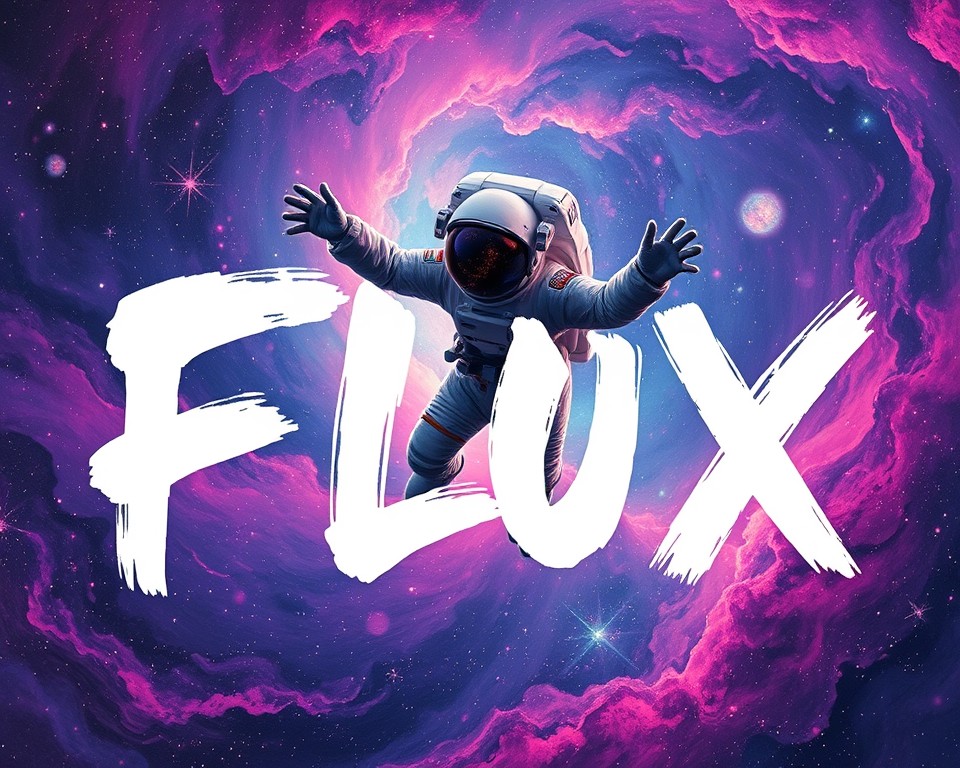What is FLUX.1? The Breakthrough AI Model You Need to Know
FLUX.1 is making waves in the AI image generation space, and for good reason. It’s not another overhyped but ultimately unimpressive model—it's setting new standards that have everyone from hobbyists to enterprise users taking notice. Here’s a quick intro to what it is and how to start using it!
What is FLUX.1?
FLUX.1 is a state-of-the-art Text to Image AI model, which means a tool that converts written descriptions into vivid, highly detailed images. In other words, you describe what you want to see, and FLUX makes it a reality in mere seconds.
It’s the first brainchild of Black Forest Labs, a group of mavericks that wants to “push the boundaries of creativity, efficiency, and diversity” regarding image and video generation (more on them later).
The model comes in three distinct variants:
- [schnell]: fast and powerful open-source variant, available under an Apache 2.0 license; designed for quick generations and accessibility,
- [dev]: an enterprise-grade open-source solution that provides even better outputs, designed for non-commercial use,
- [pro]: closed-source, flagship enterprise-level variant, with a possibility of commercial use via official APIs.
You can access the groundbreaking FLUX.1 [schnell], [dev], and [ultra] variants in our Image Generator's Essential mode! Simply click here, sign up, and start creating.
How is FLUX.1 better than its competitors?
“Higher-quality” or “more creative” are adjectives that, while well suited to FLUX.1, don’t really explain what makes it so exceptional. So, no fluff, just facts—what is this model so good at? Let’s first hear from its creators:
FLUX.1 defines the new state-of-the-art in image synthesis. Our models set new standards in their respective model class. FLUX.1 [pro] and [dev] surpass popular models like Midjourney v6.0, DALL·E 3 (HD) and SD3-Ultra in each of the following aspects: Visual Quality, Prompt Following, Size/Aspect Variability, Typography and Output Diversity - Black Forest Labs
We’d like to expand on three key topics: typography, prompt following, and visual quality.
Delve into our FLUX.1 vs DALL-E 3 face-off to find out which AI tool comes out on top!
Generating legible text
Text to Image models are known for their inability to create legible text. Simply put, they have been known to produce completely unreadable gibberish. Stable Diffusion 3 has been a significant improvement in that regard, but still—the idea that AI can’t generate crisp and clear text keeps looming over the community.
The FLUX.1 model brings a true revolution. Sure, it can stumble occasionally, but overall, its accuracy in creating text is simply unmatched. To make it even better, with the right prompt, you can easily control the text's font, size, color, and placement, fine-tuning it to your exact specifications.
Possible practical applications include creating posters, mockups of book and AI album covers, text-based logos, or any art that incorporates some form of text (e.g., a photorealistic image with words written in the sand), and so much more. The wealth of options, both for personal and professional use, is just unreal.
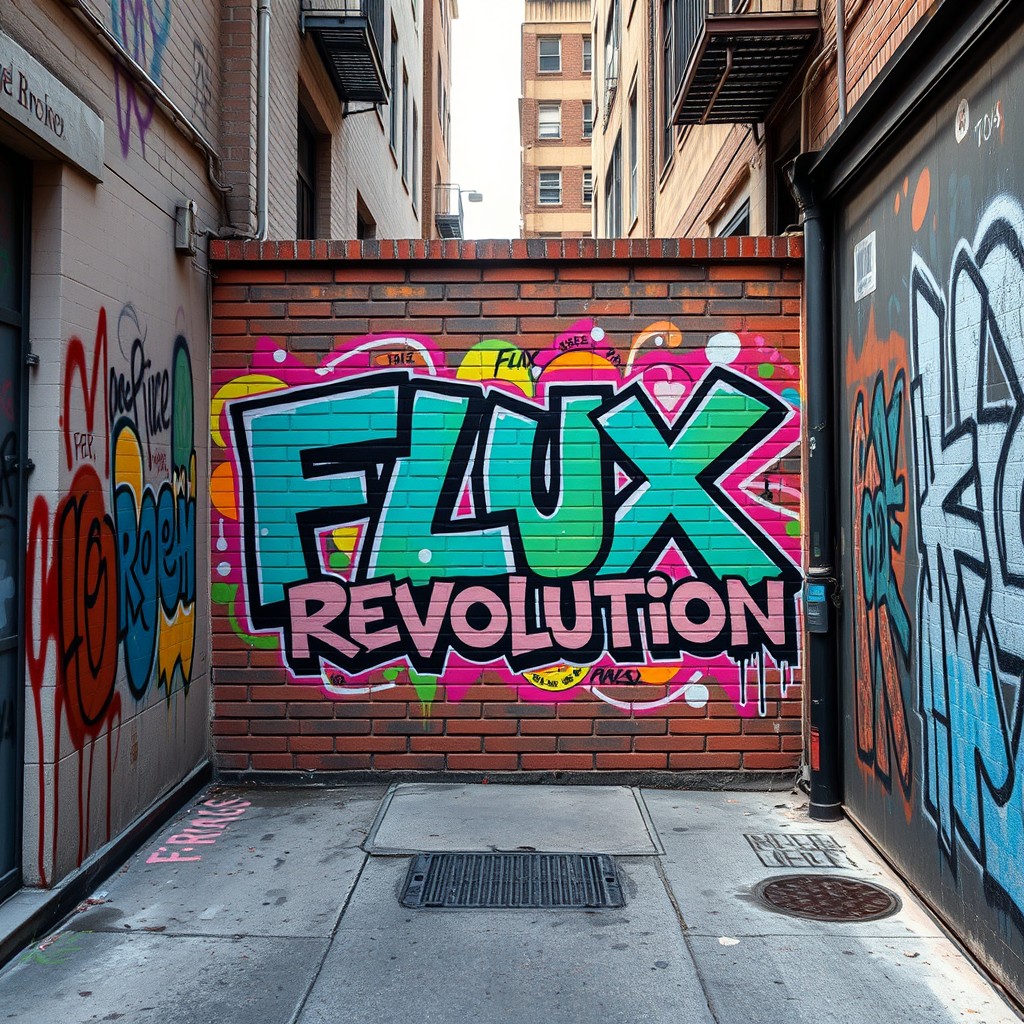
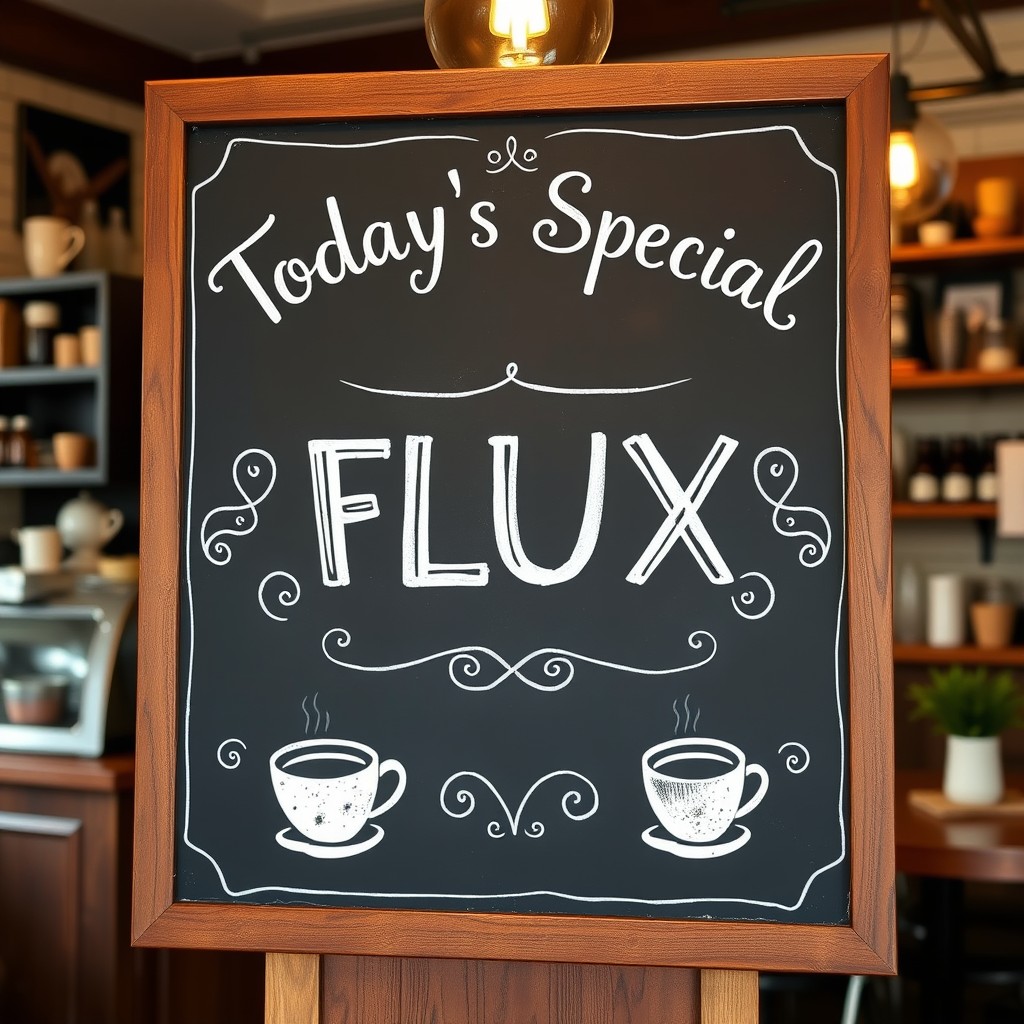

"urban alleyway with a large, vibrant graffiti mural on a brick wall that says 'FLUX Revolution', surrounded by spray-painted abstract shapes, with realistic paint textures and shadows"
"rustic coffee shop chalkboard sign with 'Today’s Special: FLUX' written in stylish, legible chalk lettering, accompanied by hand-drawn coffee cups and decorative swirls, set in a cozy café interior"
"photorealistic close-up of a vintage theater marquee at night, with 'Now Showing: FLUX' in large, glowing red neon letters in an old Hollywood font, centered and perfectly aligned, with realistic light reflections and weathered textures on the sign"
Check our FLUX.1 vs Stable Diffusion comparison to see how a new kid on the block stacks up against an established star!
Closely following complex prompts
The longer and more detailed the prompt, the more difficult it is for the AI to fully execute every instruction. In a worst-case scenario, the AI might seem to ignore a part of the prompt or put too much of its own spin on the creator’s idea.
While more experienced users know several ways around this issue, like tinkering with prompt weights and CFG scale for Stable Diffusion models, it can be frustrating. That’s why FLUX.1’s ability to precisely follow complex prompts without the need to adjust any generation parameters is one of its best qualities.
Users can now input scenes with multiple elements, specific artistic styles, and detailed compositional instructions—all in a single prompt—with confidence that the output will closely match their vision. For example, interior designers could specify a room layout with specific furniture arrangements, lighting schemes, color palettes, and architectural details. Precise AI home design has never been easier.
Check out an image generated with this complex prompt "interior design of a modern living room with a U-shaped sectional sofa in light gray fabric, a low-profile coffee table in matte black, floor-to-ceiling windows with sheer white curtains, a large abstract art piece on a textured concrete wall, recessed ceiling lights with adjustable warm LED lighting, and a plush, deep-pile rug in a muted taupe color palette" below:
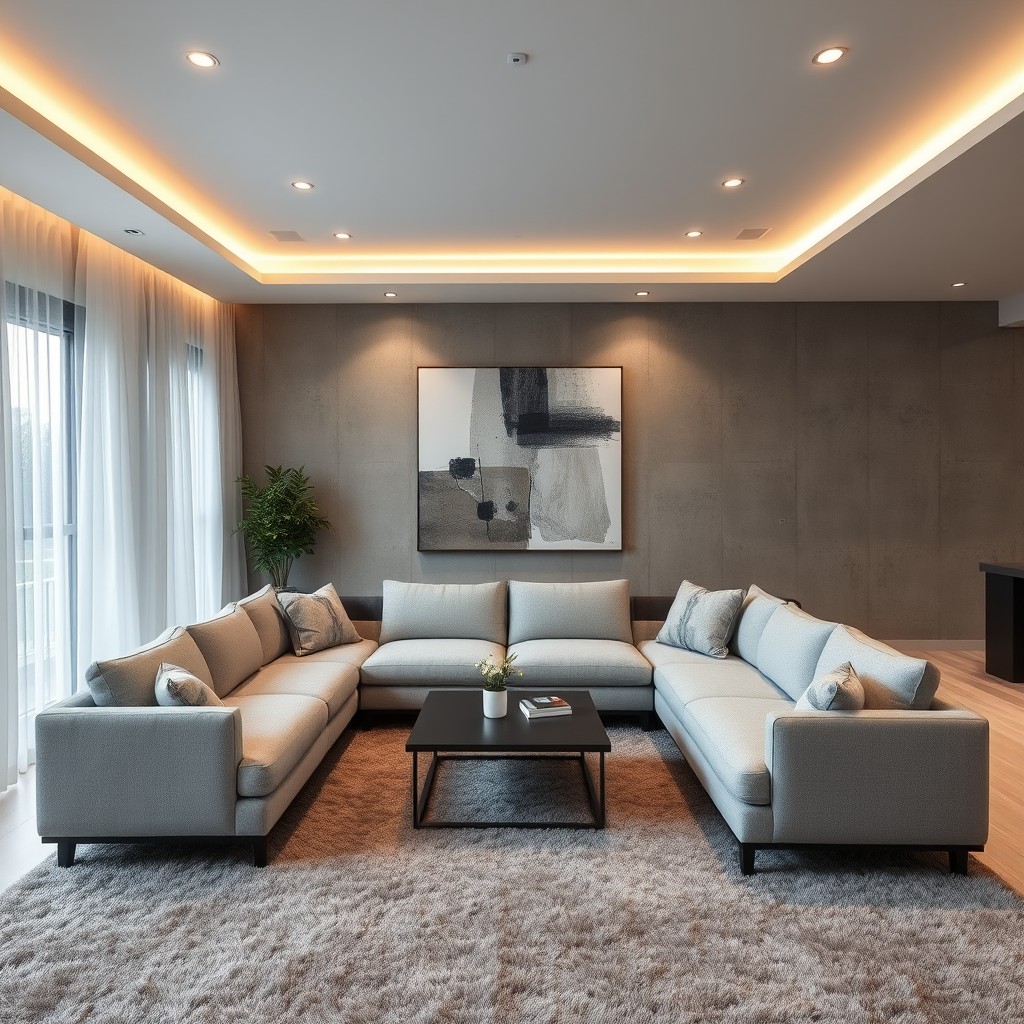
Creating stunning visuals in all forms and styles
FLUX.1 is a jack-of-all-trades that actually masters them all. Want pixel art? Done. Architectural designs? No problem. Photorealistic portraits? You got it. The fact that it’s not fine-tuned to one specific style, e.g., AI anime art, doesn’t stop it from being at the top of the pack regarding visual quality.
Whether you're looking to create a Cowboy Bebop-style spaceport dock at dusk, concept art of a fantastical creature, or a hyper-realistic close-up of a dewdrop on a leaf, it delivers with remarkable consistency.

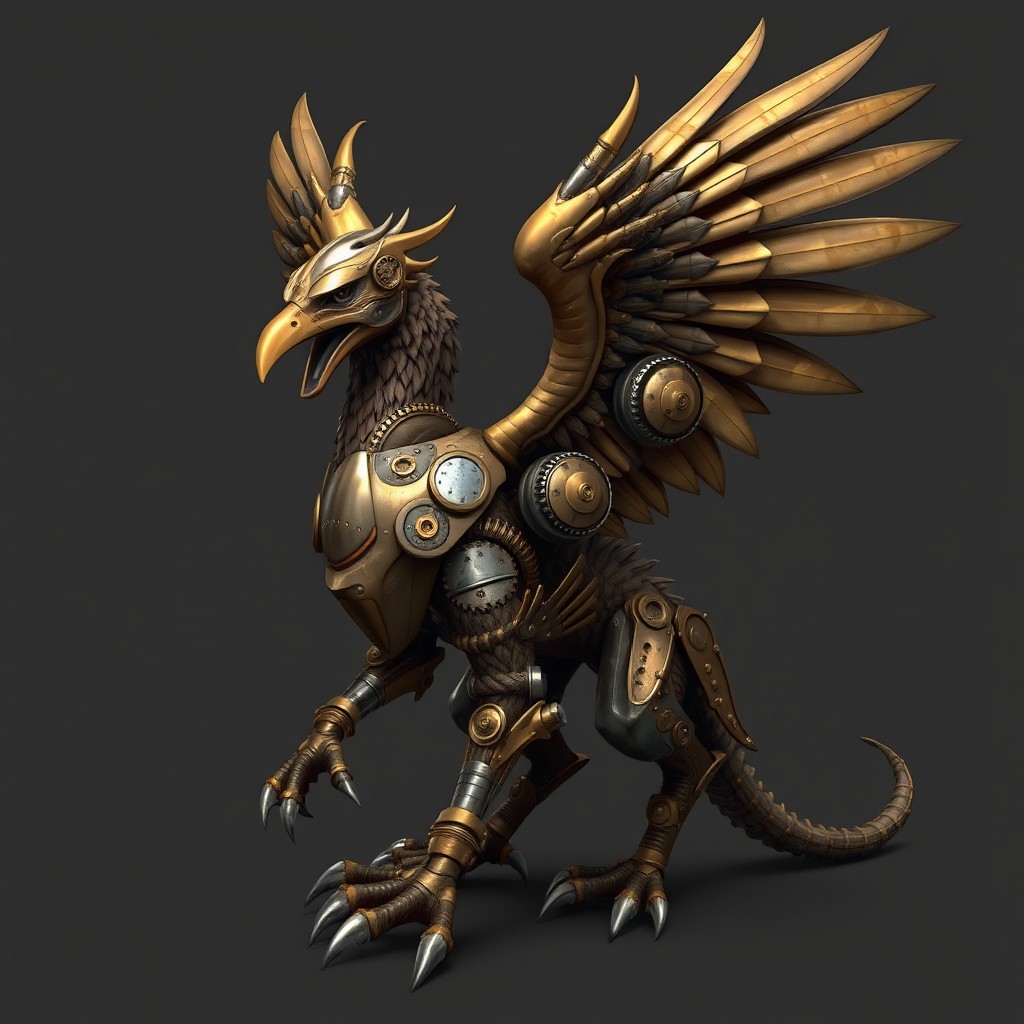
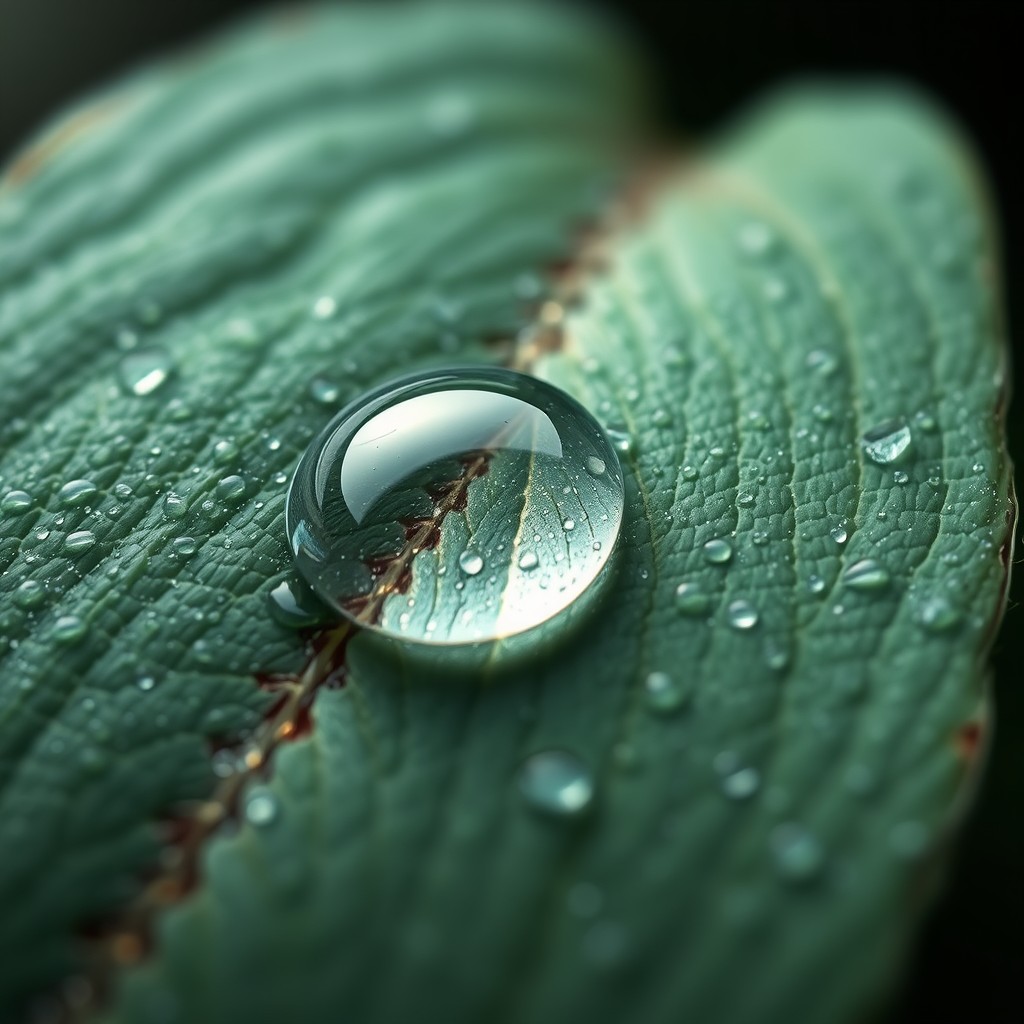
"cowboy Bebop-style spaceport dock at dusk"
"concept art of a steampunk-inspired griffin, with sharp claws, mechanical wings made of bronze gears and cogs, armored in polished steel plates"
"hyper-realistic close-up of a dewdrop on a leaf"
What also sets Black Forest Labs’ creation apart is its ability to sidestep common pitfalls in AI-generated images. You know how some AI art looks... well, very AI-ish? Like humans with hands that look more like mittens, or faces that make you think of the Uncanny Valley effect? While not 100% perfect, the FLUX family of models, including [schnell], is reliably impressive even when dealing with more challenging prompts.

"sculptor working on a masterpiece in a sunlit workshop, sculptor’s focused expression and detailed movements are captured with photorealistic precision, sunlight streaming through the windows highlights the textures of both the sculptor and the sculpture"
Moreover, it doesn't fall into the trap of making everything look the same. You won't get that feeling of déjà vu with every image. Each creation feels fresh and unique.
Wondering how FLUX.1 compares to other popular AI models? Take a look at our FLUX.1 vs Midjourney showdown!
How to generate images with FLUX.1?
As mentioned, FLUX.1 [schnell] is available under an Apache 2.0 license. The [dev] variant has also been publicly released, although only for non-commercial use, such as research. However, while you can run FLUX.1 locally, it’s important to note that this requires substantial computing power.
For most users, this can be a significant barrier to entry. Fortunately, FLUX.1 is also available through online platforms like getimg.ai. This way, you can start generating exceptional images in a flash without any complicated setups or downloading anything to your device. That’s the fastest and easiest option.
FLUX.1 [schnell] and [dev] (with a commercial use license) can be accessed in the Essential mode of our Image Generator tool. Simply follow the instructions:
- Sign in or create an account at getimg.ai.
- Head to our Image Generator by choosing it from the top menu or clicking here.
- Pick FLUX.1 [schnell], [dev], or [ultra] in the “Model” section.
- Write a prompt. You can click a button to get a random prompt or use AI to improve your own description.
- Adjust the batch size (from one up to ten) and image aspect ratio if you wish (FLUX.1 works great with many popular resolutions). When you’re done, click “Create images” and wait for the process to finish.
That’s it! Now, you can download your creations or reuse them in our other tools, such as AI Image Editor and Background Remover. You could also repurpose them as references when generating new images with FLUX.1 [dev] or FLUX.1 Kontext. Check out our guide to using Image References to learn more.
Using getimg.ai is straightforward and user-friendly, making it accessible for beginners and seasoned pros alike. Try it out and harness the power of FLUX.1 without needing a supercomputer in your home office.
But… where did it even come from?
Even if you’re active in the AI image generation community and follow all the news diligently, you might feel like the FLUX.1 Text to Image model came out of nowhere. And that’s because… it kind of did. It debuted without an expensive promo campaign or loud backing (at least an official one) of any AI gigant, such as Stability AI or Midjourney, and quickly exploded in popularity.
Black Forest Labs’ page doesn’t provide many details about the project, but it does name its creators. As it turns out, the team that’s probably making a lot of big companies sweat right now was actually formed as part of a massive Stability AI exodus. That’s right—it seems that a group of people who worked for the company responsible for Stable Diffusion decided to make it on their own (and to do it in style).
Black Forest Labs’ founding team includes multiple former Stability AI employees, such as its ex-Director of Applied Research, Applied Model Lead, and many Research Scientists and Engineers. Additionally, Anjney Midha, who serves as a Board Director for Mistral AI and Luma AI, became Black Forest Labs’ Board Director as well.
The company has also raised 31 million dollars in a Series Seed funding round and secured a stacked guidance board that includes content creation and AI research experts. Now that’s a true AI image generation A-Team!
What’s next for Black Forest Labs?
The creators of FLUX.1 are not resting on their laurels. They have ambitious plans to expand their offer, including revolutionizing the Text to Video AI generation space. The goal is likely to challenge existing top products like Sora and Gen-3, offering more effective and accessible solutions. As they state, it’s going to be a “State-of-the-Art Text to Video for all”.
One thing is certain—after the debut of FLUX.1, expectations for future models have been set very high. Black Forest Labs has demonstrated that innovative AI models can come from unexpected sources, challenging the dominance of established tech giants.
Whether you’re an artist, designer, or simply a tech enthusiast, you’ll want to keep an eye on their creations. Meanwhile, feel free to test out FLUX.1 with our Image Generator!

